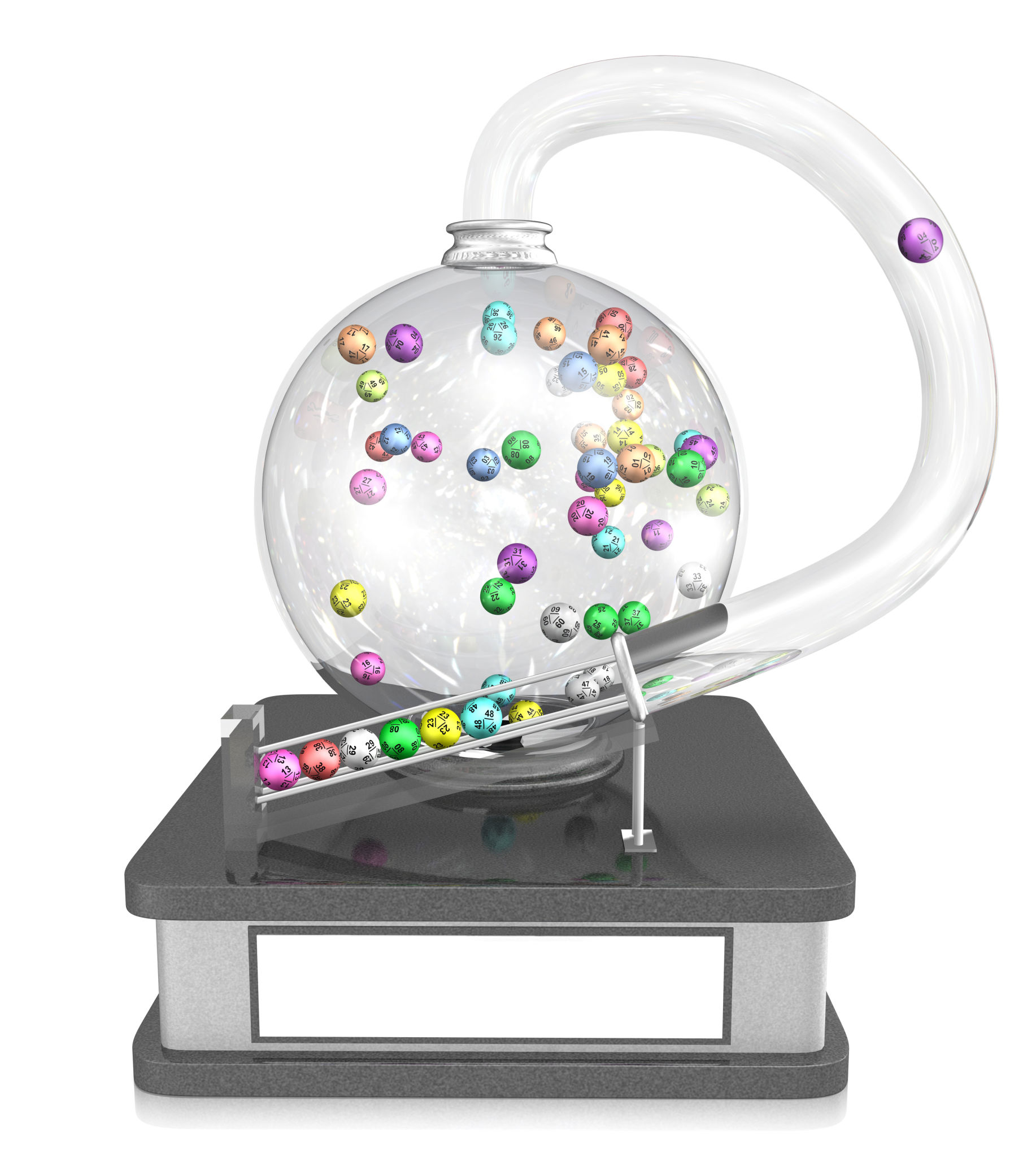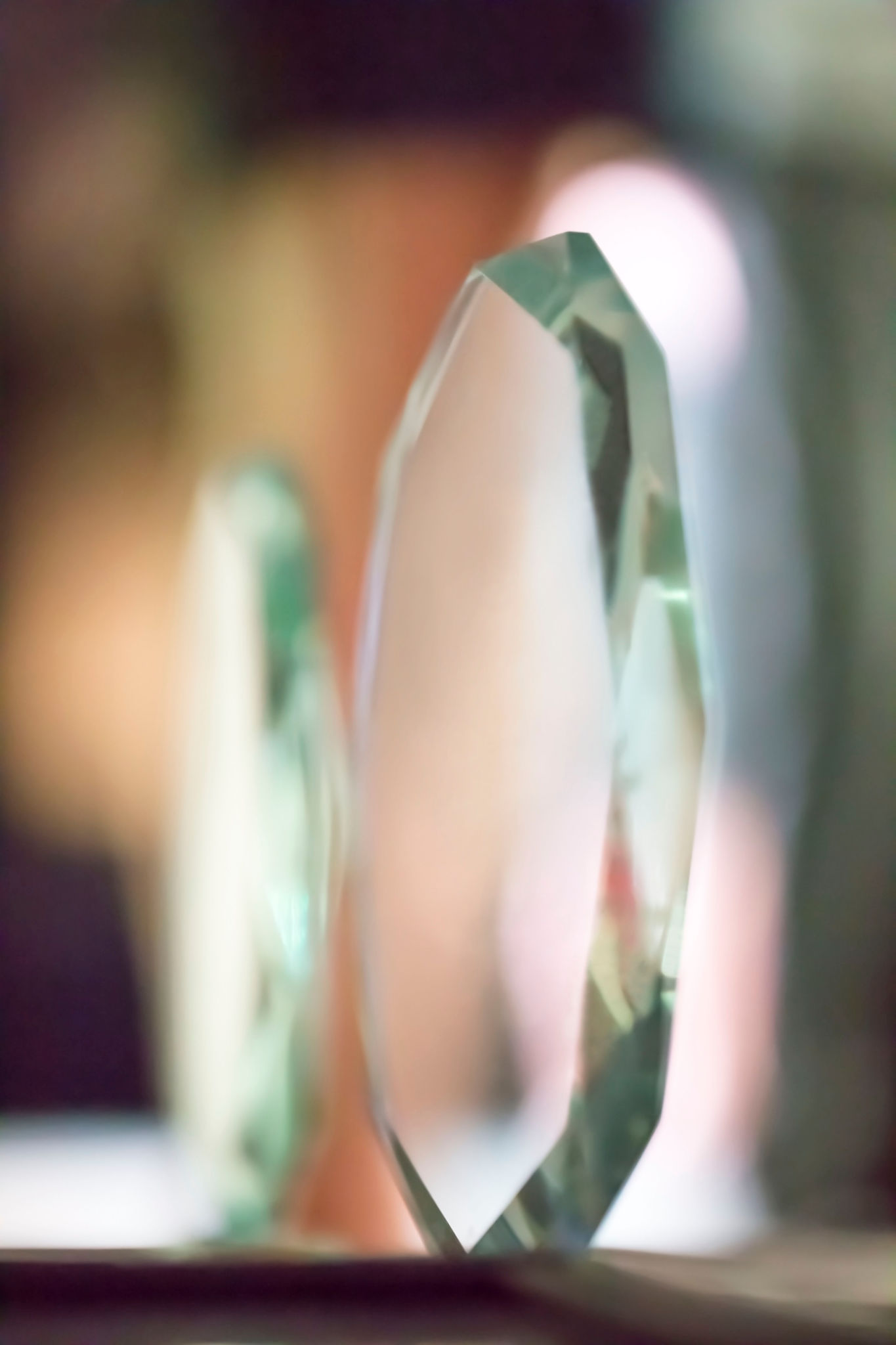How to Spot Genuine Crystals: A Collector's Guide
The Basics of Crystal Identification
Crystals have captivated collectors and enthusiasts for centuries, thanks to their stunning beauty and perceived metaphysical properties. However, distinguishing between genuine and fake crystals can be challenging, especially for beginners. Understanding the basics of crystal identification can help you make informed decisions and enrich your collection.
One of the first steps in identifying a genuine crystal is to understand its physical characteristics. Real crystals often have imperfections such as inclusions, color zoning, or natural fractures. These imperfections are signs of authenticity rather than flaws. In contrast, fake crystals may appear too perfect, with uniform color and clarity.

Understanding Crystal Hardness
Another important factor in identifying genuine crystals is understanding their hardness. The Mohs scale of mineral hardness is a useful tool in this regard. Each mineral is assigned a number from 1 to 10, with diamond being the hardest at 10. By knowing the hardness of the crystal you are examining, you can test it against known substances to verify its authenticity.
For example, quartz has a hardness of 7 on the Mohs scale. If you can scratch your crystal with a steel knife (hardness 5.5), it is likely not quartz. This simple test can save you from purchasing fake or misrepresented stones.
Examining Crystal Weight and Temperature
Weight and temperature can also offer clues about a crystal's authenticity. Genuine crystals tend to feel heavier than glass or plastic imitations due to their higher density. Additionally, real crystals often feel cool to the touch, unlike synthetic counterparts which may feel warmer.

Visual Inspection Techniques
A thorough visual inspection is crucial in identifying genuine crystals. Look closely at the crystal's surface under good lighting. Real crystals usually have a more complex and varied appearance, with natural patterns and textures. If a crystal looks too uniform or lacks depth, it may be synthetic.
You can also use a magnifying glass or jeweler's loupe to examine the crystal's surface more closely. This will help you spot any signs of machine cutting or polishing that are common in fake crystals.
The Importance of Provenance and Documentation
Provenance and documentation play an important role in verifying a crystal's authenticity. Reputable dealers often provide information about the crystal's origin and any treatments it may have undergone. Requesting this information can give you confidence in your purchase.

Additionally, consider buying crystals from reputable sources such as established gem shows, specialized crystal shops, or trusted online retailers. Avoid purchasing from unknown sellers who cannot provide adequate documentation or provenance.
Trust Your Intuition
Finally, trust your intuition when selecting crystals for your collection. If a deal seems too good to be true, it probably is. Genuine crystals have intrinsic value and should reflect that in their price. Be cautious of extremely low prices that might indicate counterfeit products.
By following these guidelines and honing your skills in identifying genuine crystals, you can build a collection that is both beautiful and authentic. Happy collecting!